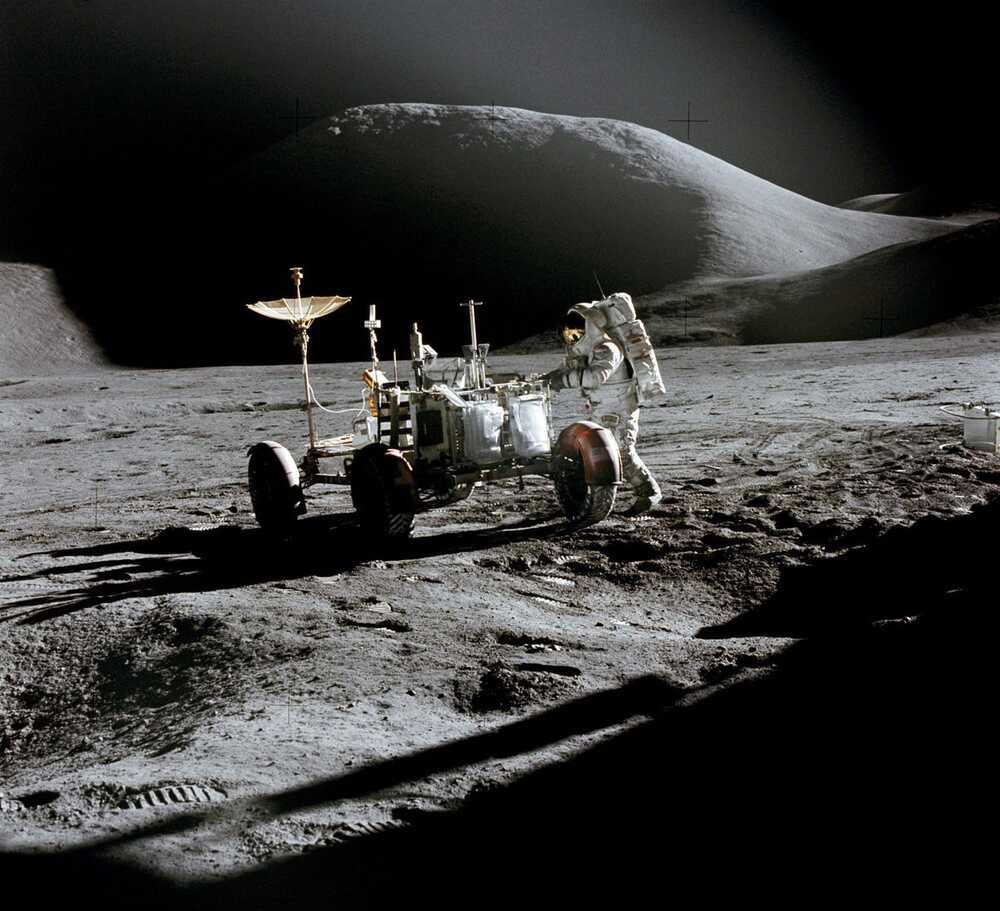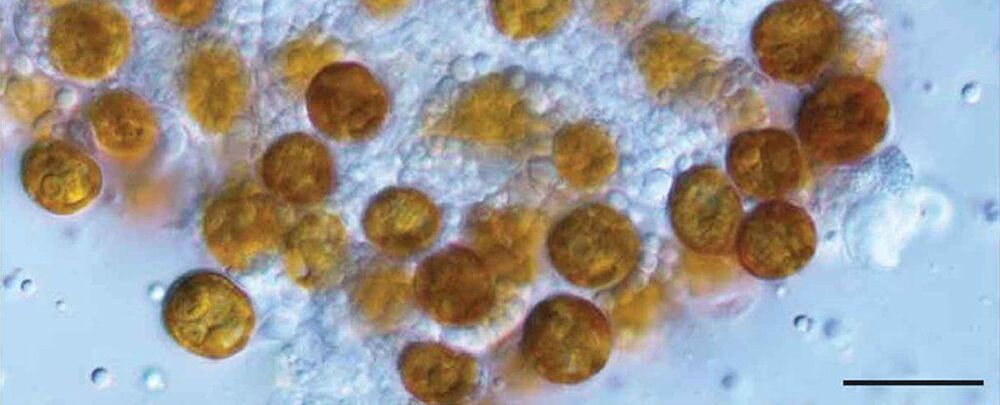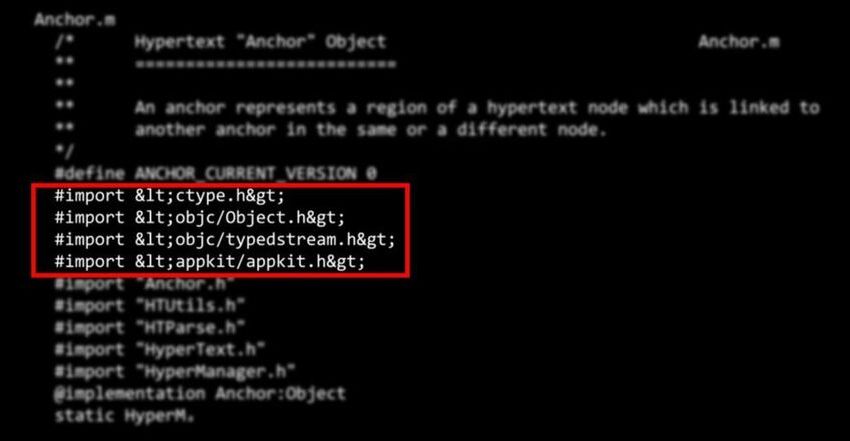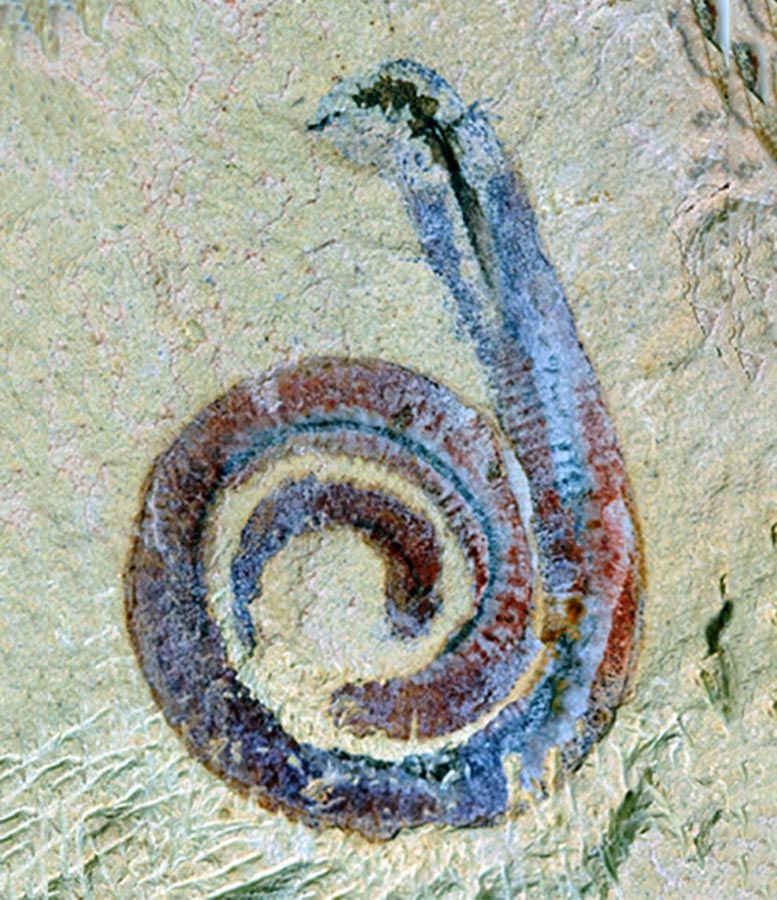Jul 6, 2021
Methane Keeps Showing Up on Mars. NASA Just Got Closer to Solving The Mystery
Posted by Alberto Lao in categories: biological, space
Methane is an organic molecule that hangs around in Earth’s atmosphere and is mostly produced by living organisms, most notoriously by burping cows. Its detection on Mars, on the other hand, has been a weird mystery for planetary scientists.
In recent years, NASA’s Curiosity rover has picked up tiny traces of methane numerous times on the red planet. While these emissions might be coming from some geological process, it was possible they could indicate the presence of some sort of life form on Mars (unlikely to be cows, of course).
As you’d expect, scientists are really excited by that prospect, but the data are confusing. Higher in the atmosphere, orbiting technology from the European Space Agency (ESA) has detected no methane in any concentration.


















